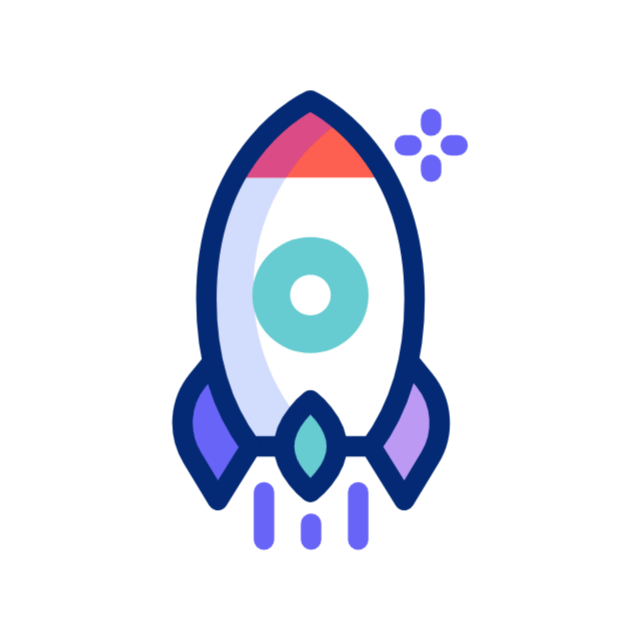Google Ads Management: How to Get More Clicks & Conversions
To stand out in the online world of today, businesses have to become creative to be competitive. Google Ads management is the answer to helping the brands that are targeting customers through paid search advertising do their main job. If you are serious about entering into a business and want to learn how to use Ad campaigns and develop a smart touch to Facebook and Instagram you’ve come to the right place.
his guide will take you through the main strategies that will result in an increase in the number of clicks and conversions on Google Ads, ensuring that every dollar spent on advertising brings a solid return on investment (ROI).
Understanding Google Ads and How it Works?
Google Ads are part of the pay-per-click (PPC) platform, which is a platform that advertisers use for keyword bidding to display their ads on the Google Search Engine Results Pages (SERPs). The outcome is when somebody looks for a keyword related to your business, the probability is high that your ad will be visible at the top of the page. Through this method, you can advertise only to potential clients that are interested in your offer.
Here are The Benefits of Good Google Ads Management:
♦ Directing targeted traffic to your website
♦ Creating recognition for your brand
♦ Converting leads and driving sales
♦ Increasing customer retention
However, just throwing your ads out there is not sufficient. In order to get more clicks and conversions, you need to polish campaign strategies on a continuous basis.
1. Keyword Research: The Foundation of a Successful Google Ads Campaign
The search engine’s most important step is keyword research. The correct keywords let you ensure that the ads you develop will be shown to your target audience at the right time.
Steps to conduct effective keyword research:
✔ Google Keyword Planner – Discover keywords that have minimal competition and low CPC.
✔ Competitor Keywords – apps like SEMrush to find out what keywords your competitors focus on.
✔ Combine Broad & Exact Match Keywords – Broad match expands reach, whereas exact match guarantees relevance.
A combination of search engine optimization strategies for small businesses will enhance your keyword selection, so both organic and paid efforts capitalize on each other.
2. Optimizing Landing Pages for Better Conversions
A well-written ad might get you to a landing page, but a poor-quality one will result in your money getting wasted.
Landing page best practices:
✔ Make It Easy – Eliminate anything that diverts users’ attention.
✔ Mobile-Friendly – your site must function effectively on mobile devices Since the majority of clicks originate from phones.
✔ High-Quality Media – Sharp visuals and clips enhance interaction.
✔ Establish Trust – Include testimonials and security logos for reliability.
✔Accelerate It – A sluggish page causes visitors to exit rapidly.
The combination of Google Ads management and search engine optimization for small companies can improve the effectiveness of the landing page, thus ensuring a seamless user experience.
3. Leveraging Audience Targeting for Higher Conversions
Choosing the right audience is of utmost importance in Google Ads management. Google provides multiple audience options to refine your reach.
Audience targeting options:
✔ In-Market Audiences – Users actually searching for or thinking of buying your products.
✔ Custom Intent Audiences – Dependent on certain keywords and URLs relevant to user interests.
✔ Remarketing Lists – retarget former visitors who didn’t convert.
✔ Location-Based Targeting – Set geographical limits to localize campaigns.
By optimizing audience targeting, you can be sure that your ads will be shown to users who are ready to interact and therefore more likely to convert.
4. Using A/B Testing to Improve Ad Performance
A/B testing is an integral part of an online paid search advertising strategy. (Also called split testing)
What to Test in Google Ads:
✔ Headlines & Descriptions – Make Use of assorted methods of messaging and compare them to see which one is effective.
✔ Landing Pages – Compare different designs and CTAs.
✔ Ad Extensions – Try sitelinks, callouts, and structured snippets.
✔ Bidding Strategies – Compare which of the means brings the highest ROI ad you can then choose it for the search.
By continuously testing and improving, you can enhance both ad performance and conversion rates.
Final Thoughts
Managing Google Ads effectively is all about ongoing testing, fine-tuning, and staying in tune with market trends. By using clever keyword strategies, enhancing landing pages, and weaving in Facebook and Instagram marketing, businesses can really boost both clicks and conversions.
For small enterprises, merging paid search ads with search engine optimization can facilitate consistent growth. By employing the correct approach, your advertisements will not only draw in visitors but also convert them into actual customers.
1. How can Google Ads management help grow my business?
Google Ads management helps businesses attract targeted traffic, generate leads, and increase sales by optimizing ad campaigns for better visibility and conversions.
2. What are the best strategies to lower Google Ads costs?
To reduce ad costs, focus on high-intent keywords, improve Quality Score, use negative keywords, and optimize landing pages for better conversion rates.
3. How do I improve my Google Ads click-through rate (CTR)?
Boost your CTR by writing compelling ad copy, using relevant keywords, adding ad extensions, and A/B testing different ad variations for performance.
4. Why is keyword research important for Google Ads success?
Keyword research ensures your ads appear for the right searches, maximizing ROI. Using Google Keyword Planner and competitor analysis helps find high-converting keywords.
5. How can A/B testing improve my Google Ads performance?
A/B testing helps compare different headlines, descriptions, landing pages, and bidding strategies to find the most effective combination for better ad performance.



I appreciate the time you took to write this.
NIce
Very helpful and well-written.
Can’t wait to read your next blog!
Great writing style—easy to follow.
I’ll definitely share this with my friends.
I appreciate how detailed this article is.
I’ll definitely share this with my friends.
This was exactly what I was looking for.